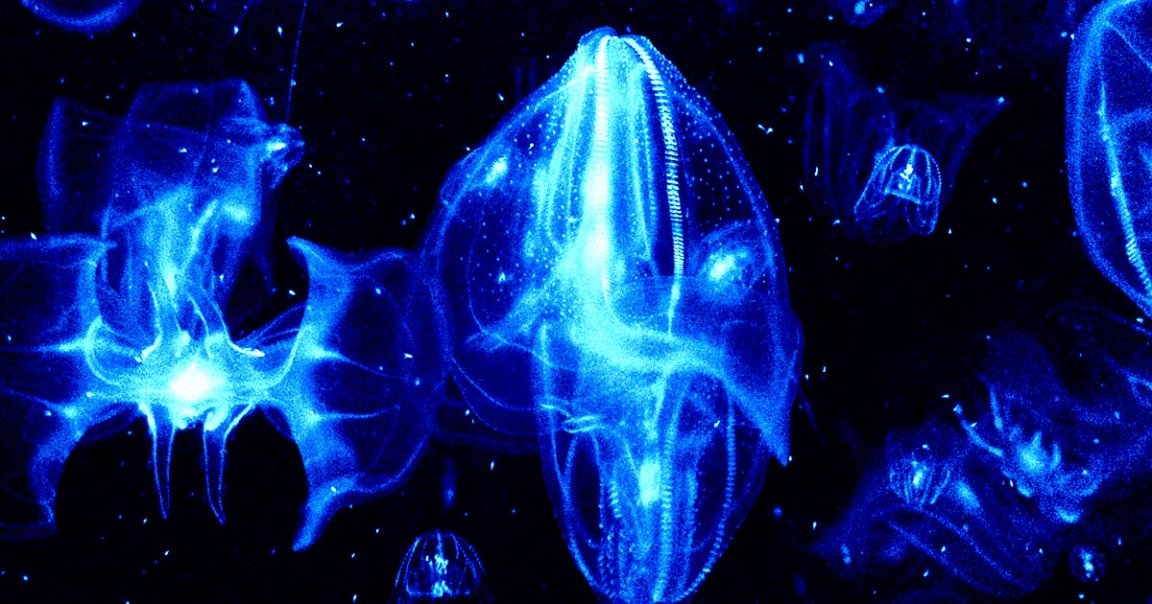
Accidental Discovery
Scientists have discovered, by accident, that warty comb jellyfish can fuse together when injured to form a single organism.
After capturing a bunch of these so-called “sea walnuts” from the western Atlantic Ocean and putting them in saltwater tanks, researchers at the University of Chicago’s Marine Biological Lab noticed something odd: one of the creatures seemed much larger than the others, and it had two brains and two butts.
It occurred to the team that they might have a fused-together monstrosity on their hands. To test their theory out, they removed parts of some of the smaller jellies — which, yes, means they intentionally injured them — and put them close together in pairs.
“It turned out that, nine out of ten times, it worked,” a statement on the new research reads. “The injured individuals became one, surviving for at least 3 weeks.”
As detailed in their paper published in the journal Current Biology, the marine biologists also found that the glooping process happened really fast.
“After a single night, the two original individuals seamlessly became one with no apparent separation between them,” the statement explains. “When the researchers poked at one lobe, the whole fused body reacted with a prominent startle response, suggesting that their nervous systems also were fully fused.”
Urge to Merge
Though it’s not the first animal to have been discovered that can fuse with another — that distinction goes to the anglerfish, which can fuse with its partner during mating and remain that way for the rest of its life — the degree of which comb jellies can merge is unique.
Case in point, even their digestive systems fused together. When one of the creature’s mouths was fed a fluorescent-injected shrimp, the particles from the food were seen moving through it, eventually being excreted from both butts but “not at the same time,” the statement notes.
Marine biologists certainly have their work cut out for them in understanding these strange creatures. However, the researchers behind the latest study are hopeful that their findings will aid future exploration of regeneration in humans as well.
“The fusion of nervous systems is closely linked to research on regeneration,” explained Kei Jokura, a Japanese researcher who was involved in the Current Biologystudy. “Unraveling the molecular mechanisms underlying this fusion could advance these crucial research areas.”
More on weird marine life: Watch Thousands of Sleeping Sharks Form a “Carpet” on the Ocean Floor